- Category
- War in Ukraine
The KH-101 Missiles that Russia Uses To Strike Ukraine. What Are They?
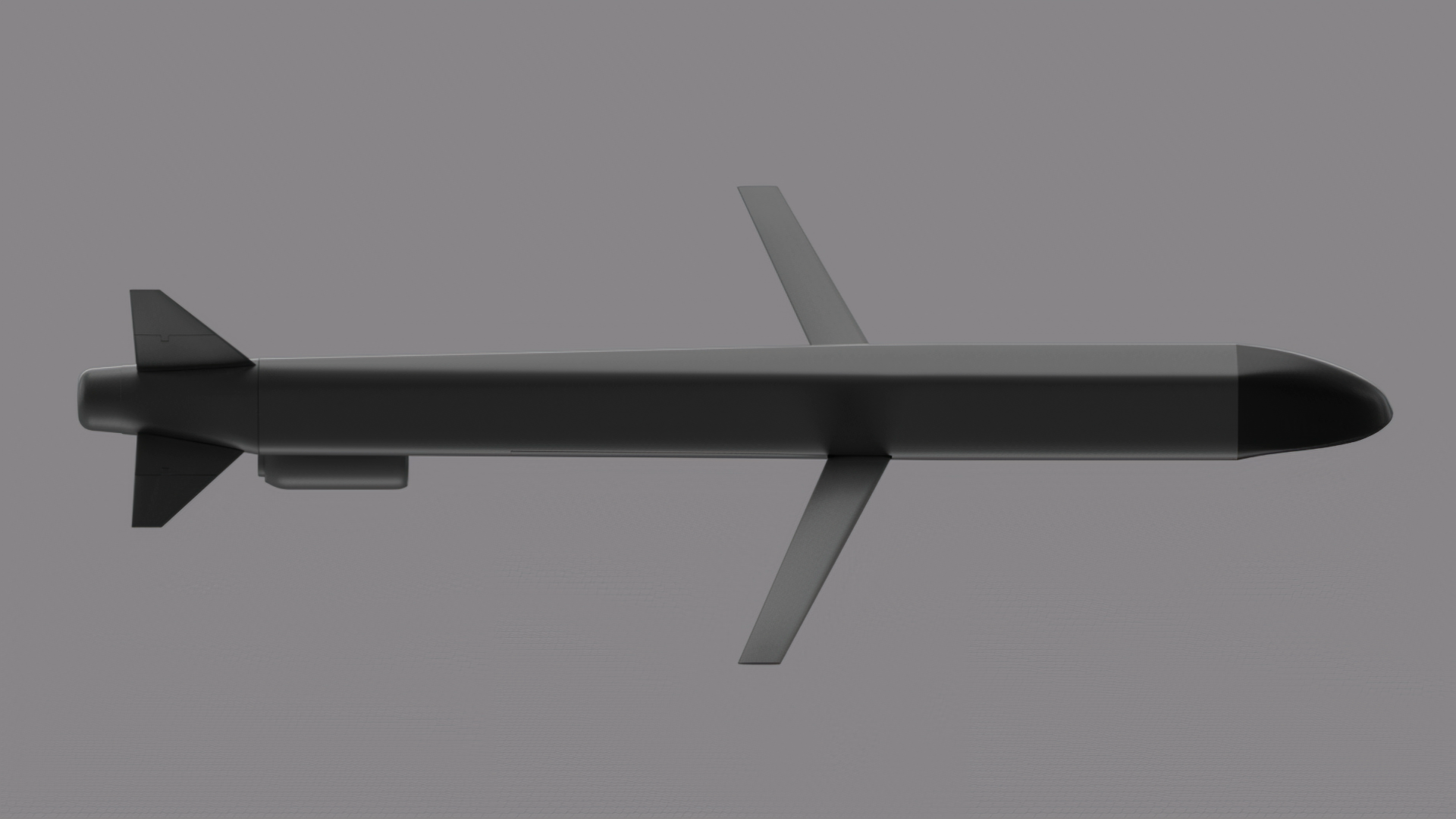
A Kh-101 missile struck Ukraine’s largest children's hospital, “Ohmatdyt,” targeting children who were undergoing cancer treatment and open heart surgery. The attack on July 8th prompted worldwide outrage and investigations into the missile used.
Russian propagandists were quick to blame Ukraine's air defense and even claimed that the attack was set up by NATO. But investigations into the wreckage, the flight path and the missile's range of accuracy (10-20 meters) leave no doubt that this was a Russian Kh-101 missile and a deliberate war crime.
The Russian Kh-101 missile has been in service since 2012, but in January of this year, Russia announced a new modified version—with two warheads—making it twice as lethal.
Ukraine first shot down the modernized Kh-101 cruise missile with a cluster warhead on June 7th, and authorities urged residents to exercise extreme caution and avoid approaching any suspicious objects. What exactly is the Kh-101 cruise missile, and how dangerous is it?
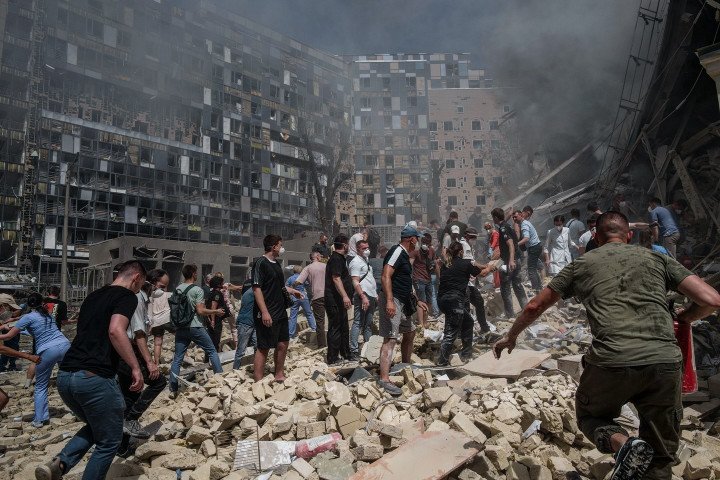
What are the Kh-101 missiles?
The Kh-101 is a conventional and nuclear-capable air-launched cruise missile designed to defeat air defense systems by flying at low altitudes to avoid radar systems. It can also change direction mid-flight.
The Kh-101 has been in service since 2012. According to Russia’s MOD, it has a flight range of approximately 4500km and a 400kg warhead. The missile's navigation system uses a contour map of the terrain, enabling it to fly closer to obstacles and at lower altitudes, increasing its accuracy. In January 2024, it was first reported that Russia would be modernizing this missile. The newest Kh-101 is almost double the weight of the older variant, now totaling 800 kg in warhead. The fuel tank size was reduced to make room for the extra warhead, limiting its distance to an estimated 2500 km. However, even with a reduction it is still in range of practically the entire territory of Ukraine.
The Kh-101 shot down on June 7th was of the new variant and had two warheads, one with a fragmentation-explosive, while the second was a cluster warhead.
“Cluster munitions” are designed to disperse or release explosive submunitions or tiny bomblets mid-flight over a wide area. They are intended to explode when they hit the ground or on impact. 30-40% of Russian submunitions are ‘duds’ and fail to detonate on initial impact. This means they become similar to landmines, making them extremely dangerous for civilians when scattered on the ground. Cluster munitions have the nickname ‘steel rain’ as they have such a widespread effect.
“Fragmentation-explosive” warhead contains a high level of explosives surrounded by solid or metal pieces (fragments) that are dispersed across an area on impact; these are lethal.
There has been no evidence that the double warhead with cluster munitions missile was used in the July 8th attack and evidence shows that the slightly older variant was used. However, this sets a dangerous precedent of what could be to come should they replicate the attack with the newer version.
Not only the wreckage, but the flight path data, component serial numbers, damage caused, photo and video evidence all prove the use of the Kh-101 by Russia in the latest attack. Weapons experts, journalists, investigators such as Bellingcat, and others have also confirmed that this was in fact the missile used.
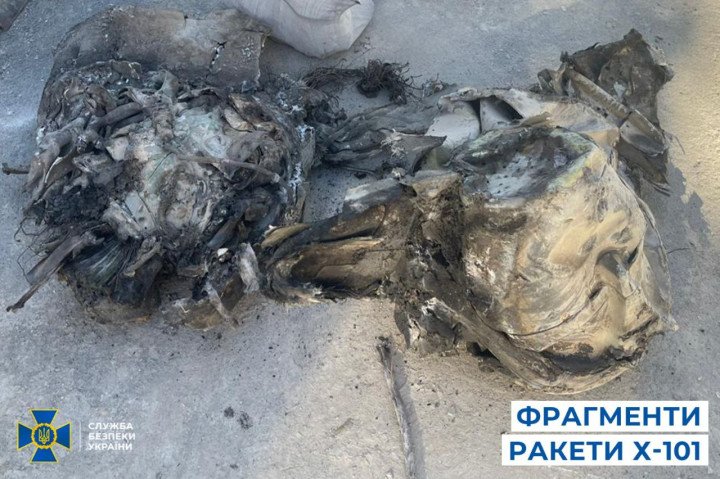
A fragment of the Kh-101 cruise missile engine was found at the scene of the Okhmatdyt tragedy. In addition, SBU investigators found:
a fragment of a Kh-101 wing deployment mechanism;
a fragment of a jamming unit of a Kh-101 missile;
the middle part of the body of a Kh-101 cruise missile (pictured under the rubble);
tail section fairing and a fragment of a Kh-101 cruise missile's hydraulic part;
fragments of the engine cowling of the Kh-101 cruise missile with the inventory (inside) and serial numbers (outside), photos of which were officially published the day before.
![Photo of the serial number inside the Kh-101 missile that struck ‘Ohmatdyt’ Children’s Hospital Photo of the serial number inside the Kh-101 missile that struck ‘Ohmatdyt’ Children’s Hospital]()
Photo of the serial number inside the Kh-101 missile that struck ‘Ohmatdyt’ Children’s Hospital
Can air-defense defeat them?
Ukrainian Air Force Commander Lieutenant General Mykola Oleshchuk stated that Russian forces conducted two rounds of combined missile strikes on July 8. Ukrainian air defense shot down two Kh-101s in the first wave, and one Kh-47, three Iskanders, 11 Kh-101s, 12 Kalibrs, and three Kh-59/69s during the second wave.
Ukrainian air defenses have “historically had high shoot-down rates for certain types of cruise missiles, particularly the older Kh-101 variety,” wrote ISW, The institute suggested that Russian forces may have “innovated their tactics and/or technology somewhat to inflict maximum damage on Ukrainian infrastructure by launching the missiles at such low altitudes, giving Ukrainian air defense practically no time to respond until the missile is already within close range of the ground.”
The Kh-101 is mostly fired from Russia’s Tu-95 and Tu-160 strategic bombers, often behind enemy lines in areas hard to reach for Ukrainian long-range missiles.
Though Ukraine has a high success rate in destroying incoming missiles, there are just a few that evade air-defense systems due to the scale of these attacks and the lack of weaponry available.
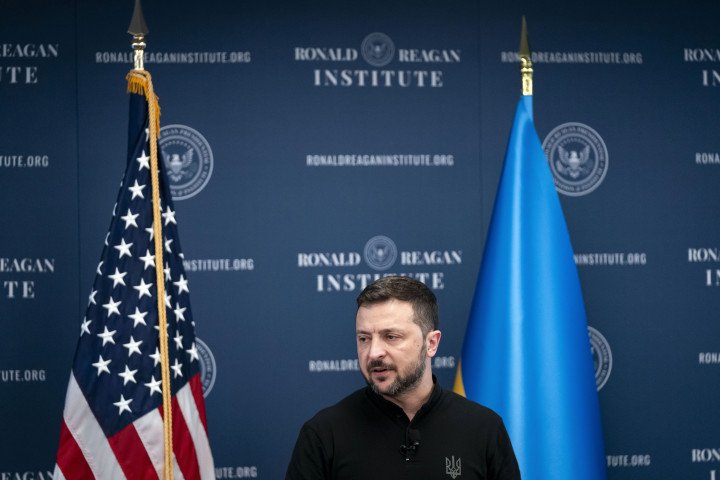
At the NATO Summit, on Tuesday 9th of July, Washington announced that they are “providing Ukraine with additional strategic air defense systems, including additional Patriot batteries. In addition, in the coming months, the United States and partners intend to provide Ukraine with dozens of tactical air defense systems, including NASAMS, HAWKs, IRIS T-SLM, IRIS T-SLS, and Gepard systems. These systems will further expand and strengthen Ukraine’s air defense coverage.”
‘We are committed to doing everything possible to ensure that Russian terror is defeated. This is not just crucial for our country—it is essential for everyone—for every partner and all nations,” said Zelenskyy.
-46f6afa2f66d31ff3df8ea1a8f5524ec.jpg)
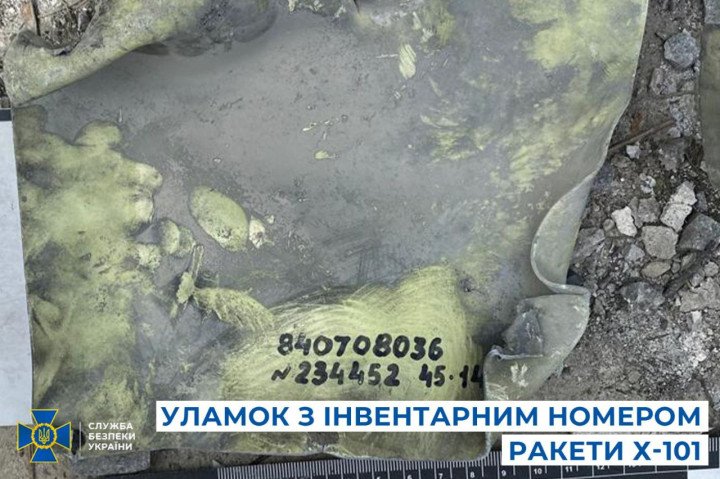
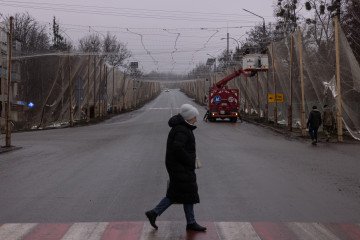
-f88628fa403b11af0b72ec7b062ce954.jpeg)
-b63fc610dd4af1b737643522d6baf184.jpg)

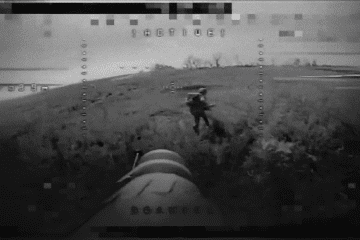
-29a1a43aba23f9bb779a1ac8b98d2121.jpeg)
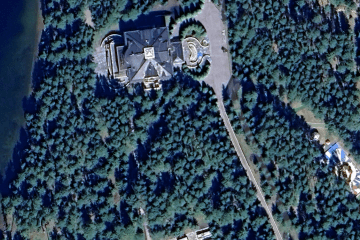
-24deccd511006ba79cfc4d798c6c2ef5.jpeg)